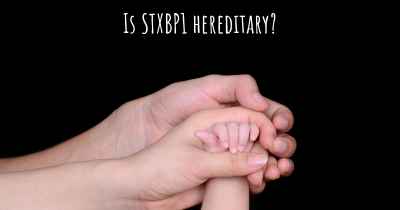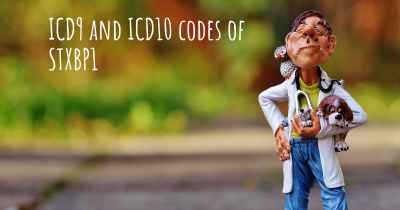What are the best treatments for STXBP1?
See the best treatments for STXBP1 here

STXBP1 (Syntaxin Binding Protein 1) is a rare genetic disorder that affects the brain and nervous system. It is caused by mutations in the STXBP1 gene, which plays a crucial role in the release of neurotransmitters in the brain. Individuals with STXBP1 often experience developmental delays, intellectual disability, seizures, and movement disorders.
While there is currently no cure for STXBP1, there are several treatment options available to manage the symptoms and improve the quality of life for individuals with this condition. The treatment approach is typically multidisciplinary, involving a team of healthcare professionals including neurologists, geneticists, physical therapists, occupational therapists, and speech therapists.
Seizure management: Seizures are a common symptom of STXBP1, and controlling them is a crucial aspect of treatment. Antiepileptic medications are often prescribed to reduce the frequency and severity of seizures. The specific medication and dosage may vary depending on the individual's seizure type and response to treatment. Regular monitoring and adjustments may be necessary to optimize seizure control.
Physical therapy: Physical therapy plays a vital role in managing the movement disorders associated with STXBP1. A physical therapist can develop a customized exercise program to improve muscle strength, coordination, and mobility. They may also recommend assistive devices such as braces or orthotics to enhance mobility and independence.
Occupational therapy: Occupational therapy focuses on improving daily living skills and promoting independence. An occupational therapist can help individuals with STXBP1 develop fine motor skills, adaptive behaviors, and sensory integration techniques. They may also suggest assistive devices or modifications to the environment to facilitate independent functioning.
Speech therapy: Communication difficulties are common in individuals with STXBP1. Speech therapy can help improve speech and language skills, as well as address feeding and swallowing difficulties. A speech therapist may use various techniques such as augmentative and alternative communication (AAC) devices to enhance communication abilities.
Behavioral interventions: Individuals with STXBP1 may exhibit challenging behaviors, such as aggression, self-injury, or hyperactivity. Behavioral interventions, including applied behavior analysis (ABA) and positive behavior support, can help manage these behaviors and promote appropriate social skills and emotional regulation.
Supportive care: Providing a supportive and nurturing environment is essential for individuals with STXBP1. This includes creating a structured routine, ensuring proper nutrition and hydration, and addressing any co-existing medical conditions. Regular follow-up with healthcare professionals is crucial to monitor the individual's overall health and make any necessary adjustments to the treatment plan.
Research and clinical trials: As STXBP1 is a rare disorder, ongoing research and clinical trials are essential for advancing our understanding of the condition and developing new treatment options. Individuals with STXBP1 and their families may consider participating in research studies or clinical trials to contribute to scientific knowledge and potentially access experimental therapies.
In conclusion, while there is no cure for STXBP1, a comprehensive treatment approach involving seizure management, physical therapy, occupational therapy, speech therapy, behavioral interventions, and supportive care can significantly improve the quality of life for individuals with this condition. Ongoing research and clinical trials hold promise for future advancements in the treatment of STXBP1.
Posted Mar 26, 2017 by Aparker77 1002
Posted Jun 24, 2018 by Jaylenesmommy 2500
Gegen Epilepsie depakine chrono
Posted Jan 18, 2020 by Eva 500
Posted Mar 26, 2017 by Julio Angel 1000








